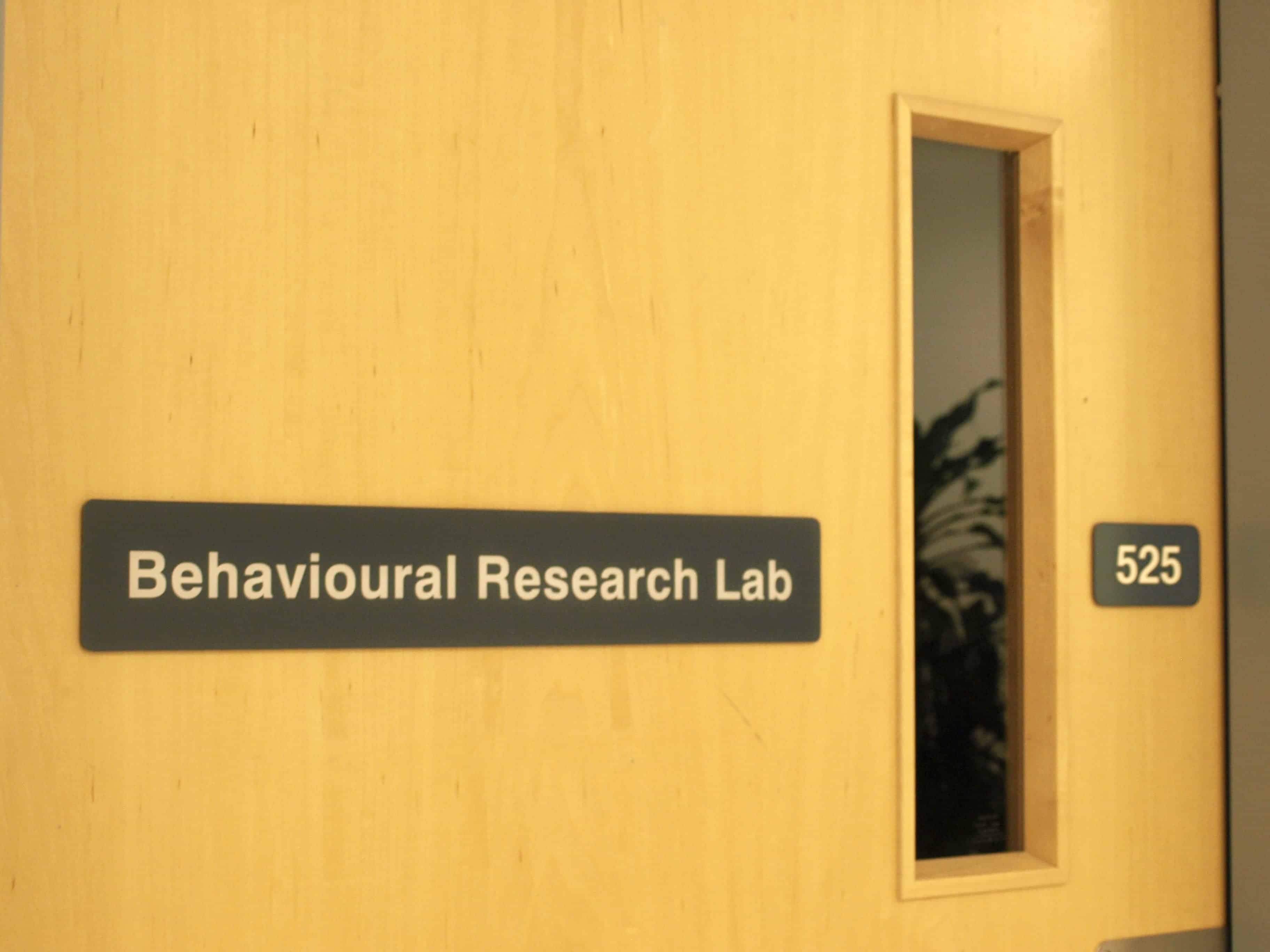
Transgendered students still need more from the report
Article: Rikkeal Bohmann – News Editor
Last week, the Saskatchewan government put out a report titled, “Saskatchewan’s Action Plan to Address Bullying and Cyber Bullying.” The report says that those who identify as lesbian, gay, bisexual or transgender are particularly vulnerable to bullying.
Many are critiquing the government‘s report, though, when it comes to discussing sexual diversity, especially for transgendered students.
The NDP opposition would have liked to see more specific details in the report.
“We’re also concerned they’re not supporting gay-straight alliances at our schools. Gay-straight alliances are really good for promoting inclusion and safety for students,” said David Forbes, the NDP critic for diversity, equality and human rights.
Leah Keiser, the executive director of UR Pride would have liked the report to go even further. She says she wants to see provincially mandated teacher training about gender issues that would force teachers to support students. This would also allow teachers to feel confident supporting their students, even if the school does not share the same view.
“There’s a lot more to fall back on when it’s regulated and provincially mandated… If you had that piece of legislation behind it, you have that to fall back on. You can’t get canned for following the curriculum,” Keiser said.
David McNinch, the Dean of Education, says that teachers have the responsibility to be inclusive in their classrooms, even if they aren’t comfortable with the topic.
“Some teachers would probably not be comfortable with approaching these subjects, but that’s one of our jobs at the faculty of education–to assure student teachers, as they aspire to be professionals their responsibility is for the safety and well being of all children. Their own particular personal views need to be put aside for the life of the children they are responsible for.”
He goes on to say that students can easily study sexual diversity and various gender identities through classes like social studies and English.
“You can study a novel with a transgender character in it and so that’s happening more and more across the curriculum, in an integrated way, in a way to normalize difference and to normalize means to regard it as acceptable or appropriate. This takes away the reason for bullying.”
Kevin Gable, the assistant director of programs in the Programs and Instruction unit of the Saskatchewan Government, worked on the report.
He said, “With the transgendered, it is part of a larger package with gay, lesbian, bisexual and questioning and trans.”
Keiser disagrees and sees transgendered students as being left out of a unique conversation.
“This is where the term gay-straight alliance leaves out trans students inherently. If teachers can be identifying themselves as a trans-specific ally, this is probably the best possible thing. They’re going to show the class that bullying and harassment is not acceptable, especially if you’re going to be bullying on terms of gender orientation.”
Kelsey Ferguson, a social work student, thinks more needs to be done in classrooms.
“I think we should be taught more about queer issues when we’re growing up in high schools and they did miss the mark on that. Speaking GSAs, I think a lot of the time students would be more open to standing up for their peers, but they don’t feel like they have any support in doing so.”
McNinch says that schools are getting better at bringing gender issues into the classroom discussions.
“When I was growing up, these issues were never talked about. Now, they’re very commonplace discussions, as early as kindergarten, grade one,” he goes on to say, “students are beginning to learn from a very early age that we are all different and that difference is a kind of strength for our community.”
Another thing that needs to be updated is the Canadian Human Rights Code (CHRC), according to Forbes.
“The Human Rights Code talks about sex and sexual orientation for a prohibited ground for discrimination. It doesn’t include transgender rights, and we think this is something maybe we should be talking about and this is very important. Again, this is a case of people being bullied and they should be feeling safe and included in our schools.”
Forbes says once the CHRC is updated, it could be as a teaching tool for students, as well as making sure schools are promoting respectful and inclusive environments.
Transgendered students do tend to be further marginalized, says Keiser.
“I think holistically, that a mention of the acronym LGBT, when they do that, their intent is to tack on the ‘T’, but if you’re not explicitly providing appropriate training, appropriate resources, appropriate interventions for your students, that ‘T’ is especially going to be left out.”
Ferguson says one reason why transgendered students are particularly exposed is due to visibility.
“I think they’re a lot more marginalized because they have anything to deflect onto. You can visibly see when someone is trans usually, you can’t necessarily say whether someone is gay or straight when looking at someone.”
For now, the government will be looking at what each group needs, says Gable.
“We are working with our partners like the Avenue Community Centre in Saskatoon. We are working with groups like the Red Cross. We are not focusing on specifics. We are looking at what each group is going to need as we go forth.”
This report has given groups a tangible thing to critique for how to address bullying, but as Keiser puts it, on issues like gender identities, “they really missed the mark.”










